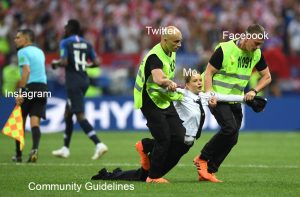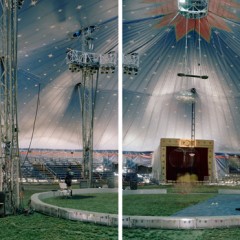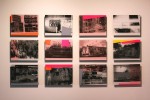This week’s Weekly has my review of the Carnegie International Life on Mars. Below is the copy with some pictures. More photos at flickr. And see Libby’s post for more on the show.
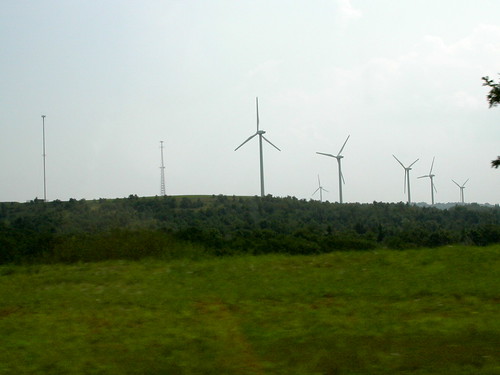
Wind Turbines in Somerset, PA, something you can see from your car window while driving between Philly and Pittsburgh. It would be nicer to see the from a train window.
Driving back from Pittsburgh after the opening of “Life on Mars” at the 55th Carnegie International, I had a very human response to life on earth in Pennsylvania.
As the mountains and valleys floated by, hawks circled overhead and my back ached while hurtling through space strapped into a seat not designed for long-distance travel. It’s a shame we have to drive five hours to go between these two great Pennsylvania cities, both of which are hotbeds of contemporary art.
Wouldn’t it be wonderful if there were a bullet train that ran exactly where I-76 is so you could get there in half the time? This escapist idea (something I know will never happen but makes all kinds of sense) is like what you’ll see in “Life on Mars,” a show that really is about life on earth.
With 40 artists from all over the world, the exhibit deals with the human condition—our fears and longings, our vulnerability, ambitions and greed, our destructiveness, communication problems and moral weaknesses. All human problems alien to no one.
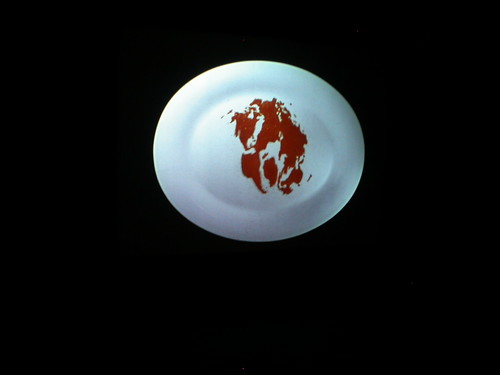
Rivane Neuenschwander’s Pangea
There’s much earnestness (some would call it sentimentality) in the works, a longing for something better. I loved the sculpture by David Shrigley, a new video projection on the museum’s exterior by Doug Aitken, and Rivane Neuenschwander’s Pangea video, in which continental drift is played out via ever-moving rivers of tabasco sauce on a white oval plate.

Doug Aitken
American, b. 1968
Migration (still), 2008
4-projection outdoor video installation
dimensions variable
Courtesy 303 Gallery, New York; Galerie Eva Presenhuber, Zürich; Victoria Miro Gallery, London; and Regen Projects, Los Angeles
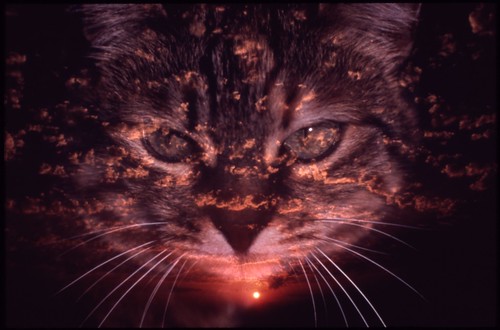
Peter Fischli
Swiss, b. 1952
David Weiss
Swiss, b. 1946
An Unsettled Work, 1987-2004
video installation
25 min.
Courtesy Galerie Eva Presenhuber, Zurich; Monika Sprüth & Philomene Magers, Cologne, Munich, London;
Matthew Marks Gallery, New York
In a show with many inward-looking and downbeat works, the art of Phil Collins, Cao Fei and Barry McGee stood out its take-charge attitude and activist spirit. McGee’s installation—commissioned for the show—is an explosion of anti-authoritarian exuberance, a carpe diem antidote to the exhibit’s existential yearning.
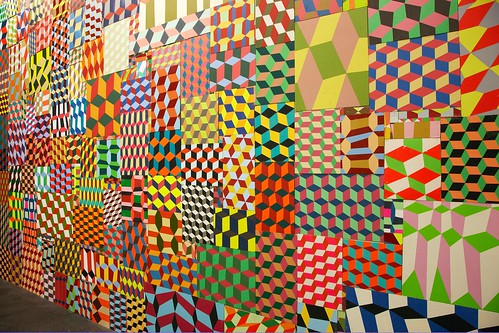
McGee, a street artist who’s successfully crossed into museums, needed a team to help produce his busy corridor in one of the museum’s most visible spaces.
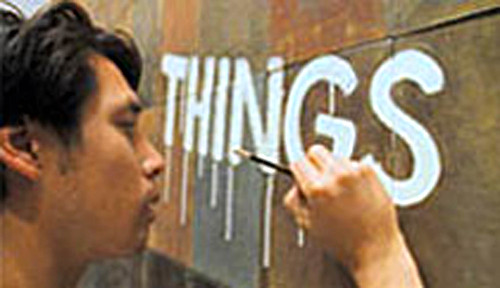
Barry McGee, photo courtesy of CMOA.
The wall burls he created are funny (the walls look pregnant) and are covered with a floor-to-ceiling riot of paintings. Noisy sculptures of spray-painters painting and a manic multiscreen video installation round out McGee’s untitled 2008 work. I ran into Space 1026ers Isaac Lin, Andrew Jeffrey Wright and Thom Lessner at the opening, as the Philly crew was part of McGee’s team.
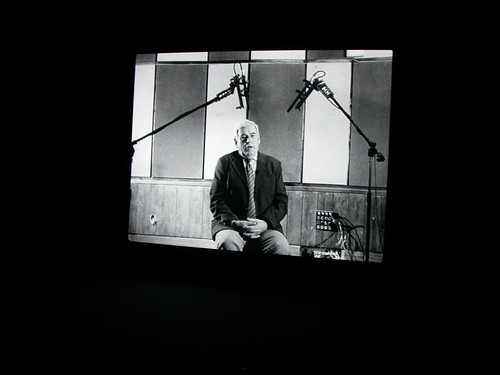
Phil Collins, Untitled 2008. single channel video projection
Phil Collins’ untitled 2008 video projection, also commissioned for the show, explores communication. The documentary-style piece shows seated figures from the former Yugoslavia talking. (It’s subtitled in English.) They explain they can’t understand their Bosnian, Croatian, Albanian and Serbian neighbors, and language is a tool used against them. A piece so broad it calls to mind the dystopian Tower of Babel as well as the utopian Esperanto movement, it asks if we’ve transcended our tribal roots.
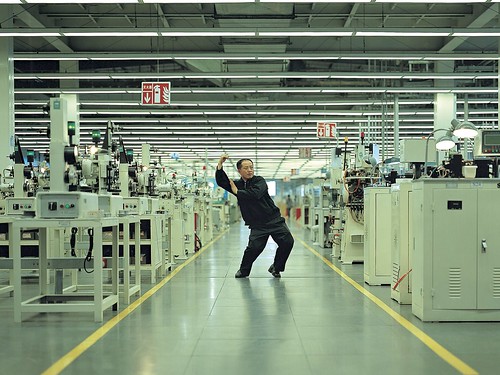
Cao Fei
Chinese, b. 1978
My Future is Not a Dream, 2006
digital c-print
47 1/4 x 59 in. (120.02 x 149.90 cm)
edition of 12
Courtesy of the artist and Lombard-Freid Projects, New York
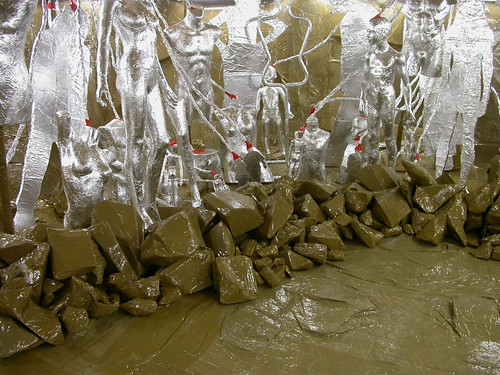
Cavemanman 2002. wood cardboard tape books
One small complaint: While they fit the show’s theme well, Thomas Hirschhorn’s Cavemanman (2002), Sharon Lockhart’s photos of children from Pine Flat, Calif., (2005) and Vija Celmins 1990s oil paintings of starry night skies are usual suspects here in a show known for unearthing something new.
Fear is the subtext of many of the works in the show—fear of ecological ruin, fear of armageddon. We’re all afraid, but it’s what you do about it that matters, which is why my best of show goes to McGee’s Mad Max-like warrior response. If it’s fight or flight, fight seems the better choice.
“Life on Mars”
Through Jan. 11. $11-$15.
Carnegie Museum of Art, 4400 Forbes Ave., Pittsburgh.
412.622.3131.


